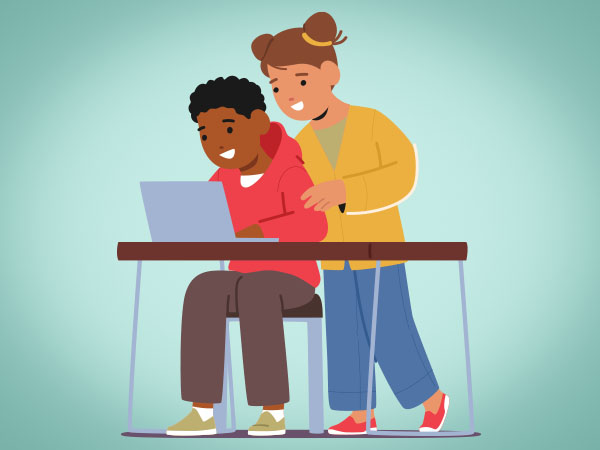
Grade:
Topic:
Unit:


In this lesson mini, students build digital literacy by evaluating online sources, conducting guided research on technology topics, and creating multimedia presentations. They also practice verbal and nonverbal communication to deliver their work confidently, strengthening both critical thinking and practical digital skills.

Minutes
Minutes
Minutes
Minutes
Minutes

Level-up current events into dynamic learning!